A Tale of Two Destinies: How Destiny: Rising’s Success Exposes Destiny 2’s Deeper Problems
Popular Now
 BeamNG.drive
BeamNG.drive
 Call of Duty
Call of Duty
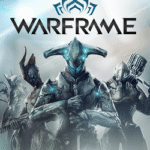 Warframe
Warframe
 Fall Guys
Fall Guys
 Brawl Stars
Brawl Stars
 Valorant
Valorant
 Schedule I
Schedule I
 Roblox
Roblox
 Candy Crush Saga
Candy Crush Saga
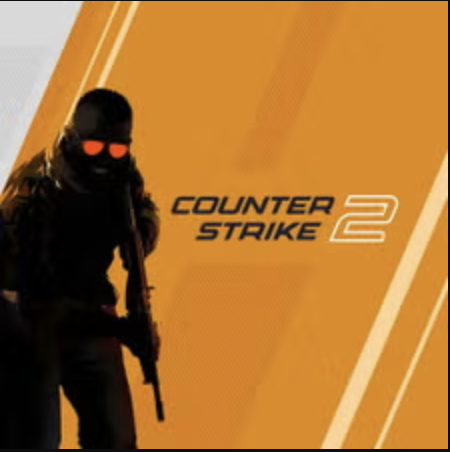 Counter-Strike 2
Counter-Strike 2 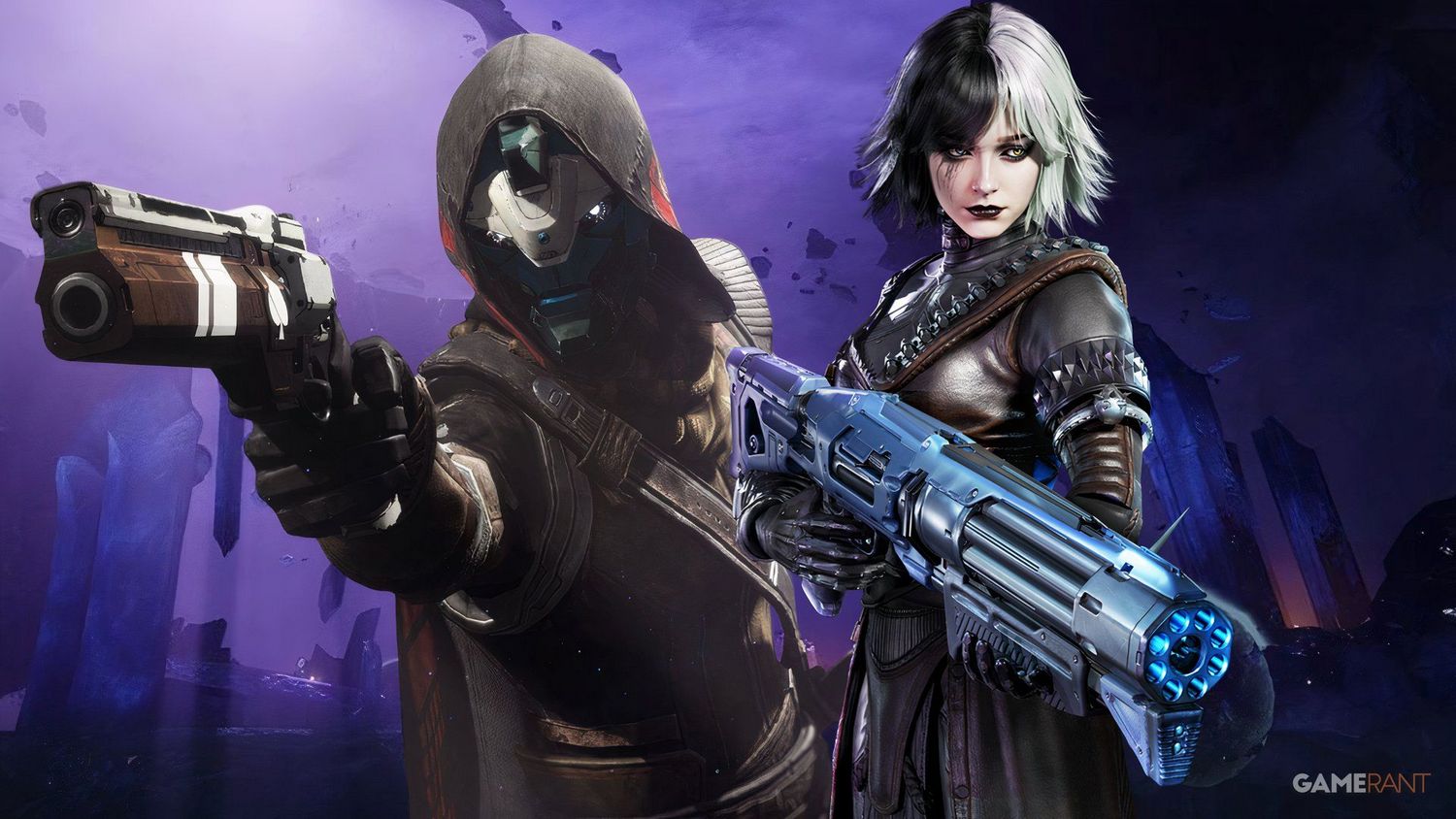 The gaming world is abuzz with the recent launch of Destiny: Rising, the new mobile title co-developed by Bungie and NetEase. With an impressive pre-registration count and positive initial reviews, the game has been a clear success, proving the enduring power of the Destiny brand. However, this triumph casts a long and complex shadow over its console and PC counterpart, Destiny 2. The divergent fates of these two titles reveal a stark contrast: one is a fresh, well-received entry that captures a new audience, while the other is a veteran live-service game grappling with long-standing community frustrations and player burnout. This article delves into the success of Destiny: Rising and how it starkly highlights the chronic issues plaguing Destiny 2.
The gaming world is abuzz with the recent launch of Destiny: Rising, the new mobile title co-developed by Bungie and NetEase. With an impressive pre-registration count and positive initial reviews, the game has been a clear success, proving the enduring power of the Destiny brand. However, this triumph casts a long and complex shadow over its console and PC counterpart, Destiny 2. The divergent fates of these two titles reveal a stark contrast: one is a fresh, well-received entry that captures a new audience, while the other is a veteran live-service game grappling with long-standing community frustrations and player burnout. This article delves into the success of Destiny: Rising and how it starkly highlights the chronic issues plaguing Destiny 2.
Destiny: Rising’s Triumphant Debut
The success of Destiny: Rising is a testament to the power of the core franchise. The game has been lauded for its surprisingly effective touch controls and its ability to translate the signature Destiny gunplay to a mobile platform. The developers have been responsive to player feedback from the beta, making meaningful changes to the progression and systems. Players have noted that the gacha mechanics, while present, feel more user-friendly than those in many other mobile titles, with leftover pulls carrying over to the next banner, ensuring that premium currency is never wasted. The game offers a variety of modes, including a casual card game and a roguelite mode, providing a diverse gameplay loop that keeps players engaged. Its visually impressive set pieces and fun, distinct character kits have made it a compelling entry point for both new players and those looking for a different way to experience the Destiny universe. This success demonstrates that the Destiny brand is powerful enough to expand beyond its traditional platforms and thrive in a new genre.
 The Fractured Reality of Destiny 2
The Fractured Reality of Destiny 2
In contrast to the celebratory launch of the mobile title, Destiny 2 is currently experiencing a period of significant player dissatisfaction. While a new expansion, such as The Final Shape, often brings a surge in player numbers, the subsequent drop-off has been notably steep. According to Steam Charts, player counts have hit concerning lows in recent months. The community’s frustration is not new, but the current climate has amplified long-standing issues, creating a sense of disillusionment and fatigue among even the most dedicated players. This dissatisfaction can be attributed to several key factors:
- Content Stagnation and the Power Grind: For years, the community has voiced concerns about the lack of new content in core activities like Crucible, Gambit, and Strikes. The game’s seasonal formula has become predictable and stale. Furthermore, the new power grind introduced in recent seasons, particularly in the “Portal” update, has been criticized as being unrewarding and excessively long. Players feel that the new system, while offering a limitless grind, simply makes the most boring part of the game the hard barrier to progression, a major misstep for a live-service title.
- Confusing and Predatory Monetization: The monetization model of Destiny 2 has been a consistent point of contention. The game, which is marketed as free-to-play, requires a complex and expensive series of purchases for expansions, seasonal passes, and dungeon keys. This labyrinthine payment structure, combined with the expensive cosmetic items in the Eververse store, has left many players feeling “nickeled-and-dimed.” This stands in stark contrast to the seemingly more player-friendly gacha system in Destiny: Rising and has been a major source of community frustration.
- Player Burnout and Lack of Direction: Many veteran players, having invested thousands of hours over the years, are experiencing a significant sense of burnout. The conclusion of the Light and Darkness saga with The Final Shape, while a monumental event, has left some feeling that their journey has a natural conclusion, prompting them to move on. The game’s focus on a continuous, relentless grind has led to a sense of exhaustion, and the fear of missing out (FOMO) that once kept players tethered to the game is now contributing to their decision to quit entirely.
 The Two Tales: A Crossroads for the Franchise
The Two Tales: A Crossroads for the Franchise
The success of Destiny: Rising and the struggles of Destiny 2 tell two very different stories about the same franchise. The mobile game’s positive reception proves that the core Destiny brand—its universe, art style, and satisfying combat—has a massive and untapped audience, a crucial victory for Bungie. It shows that the franchise can successfully adapt to new platforms and monetization models, attracting both new players and curious veterans. However, this very success underscores the deep-seated issues that are driving players away from the main title. The game’s veteran community, who have been loyal for a decade, are feeling the effects of content stagnation and a monetization strategy that seems at odds with their dedication. The future of the Destiny franchise is at a crossroads. While the mobile game’s success is a promising sign for the brand’s expansion, it also serves as a stark reminder of the urgent need for Destiny 2 to revitalize its core experience, address community concerns, and rekindle the passion that made it a global phenomenon in the first place. The path forward for Bungie will require not only continuing the momentum of Destiny: Rising but also a renewed commitment to the players who have been with them from the very beginning.

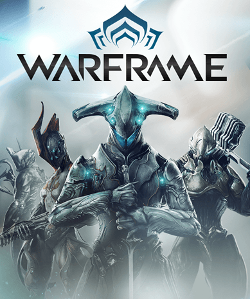


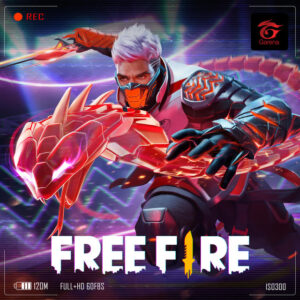




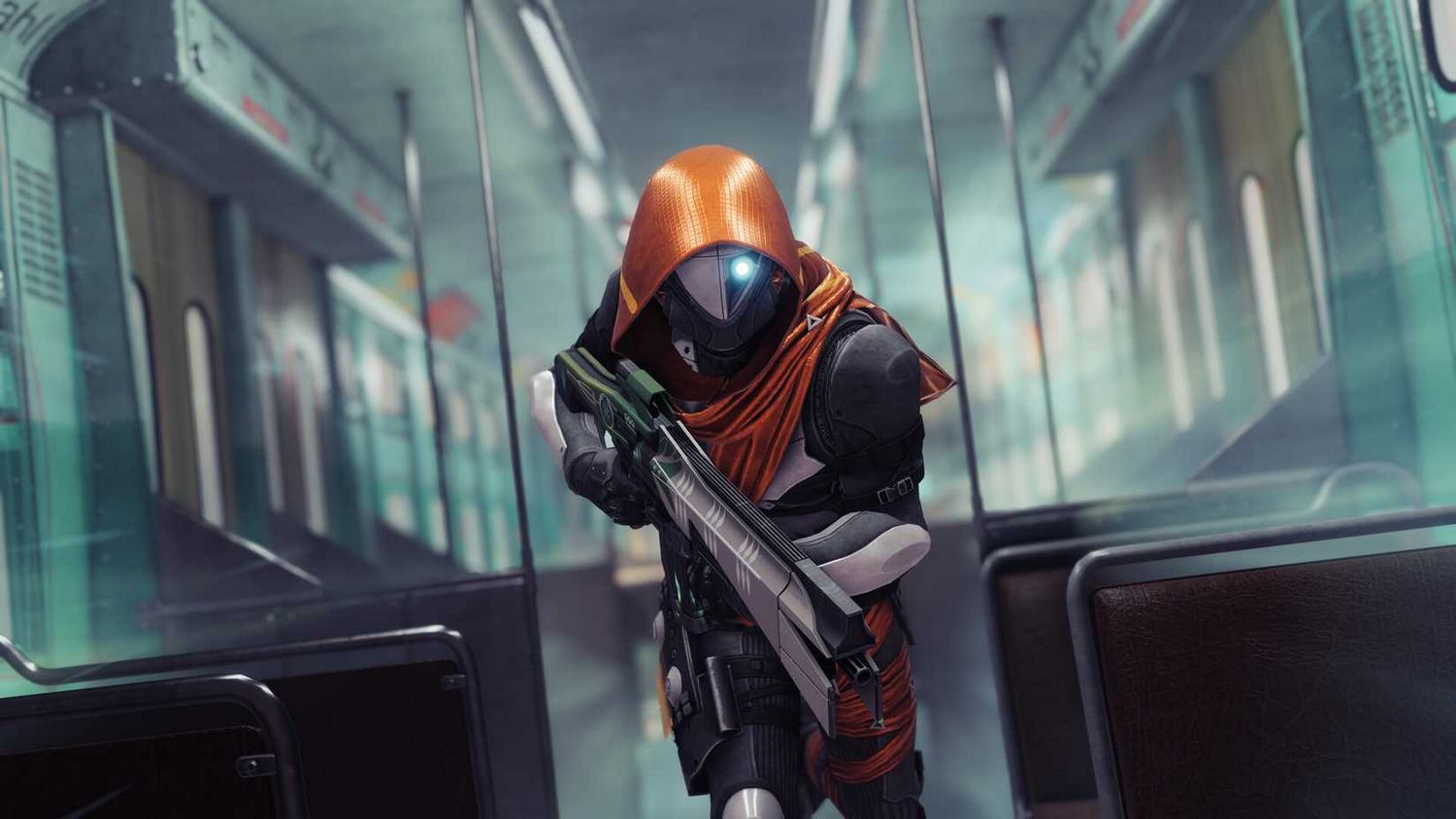 The Fractured Reality of Destiny 2
The Fractured Reality of Destiny 2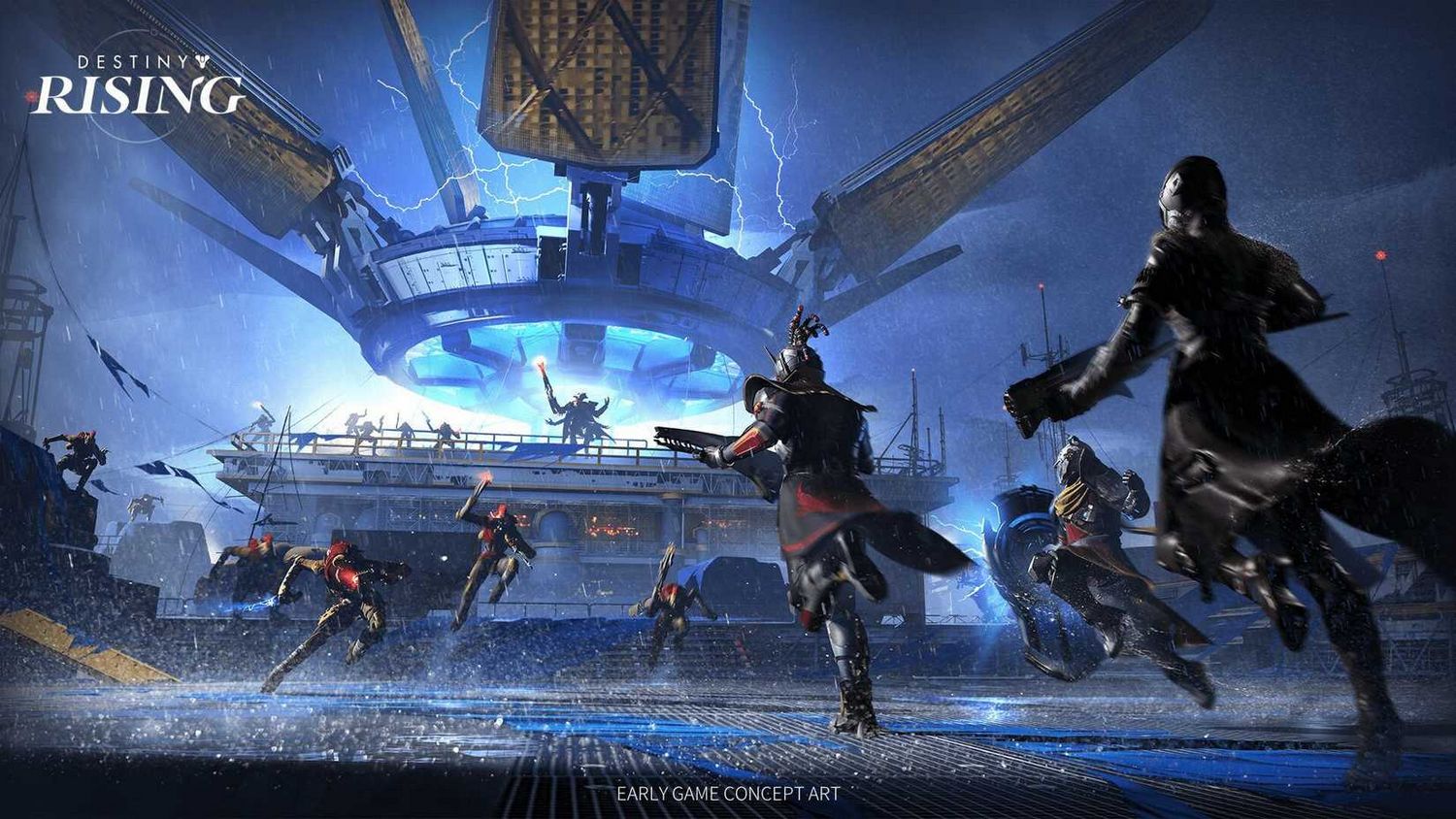 The Two Tales: A Crossroads for the Franchise
The Two Tales: A Crossroads for the Franchise